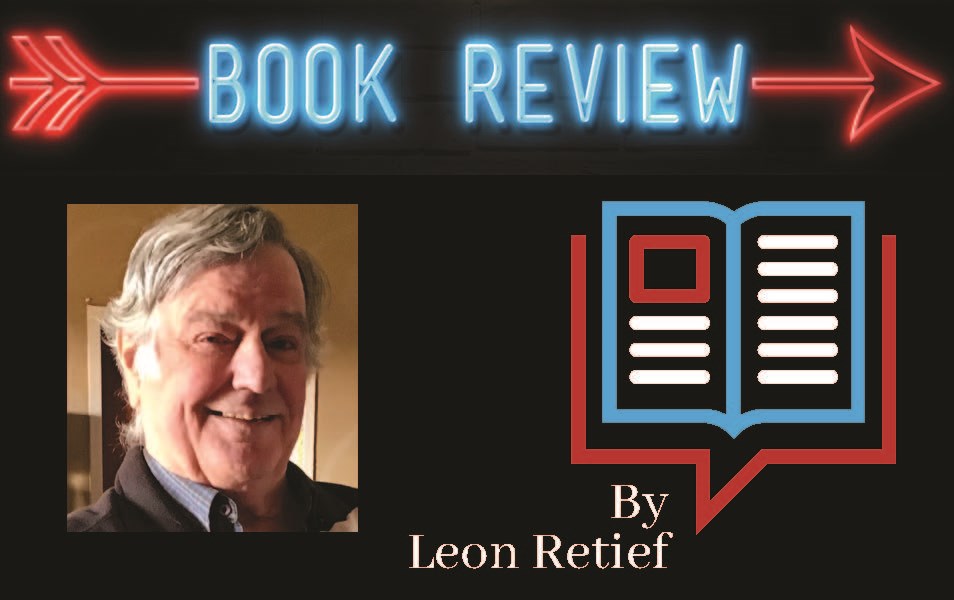I have been looking for a good book on tree and forest physiology for some time. During a hurried visit to a bookshop in Saskatoon I noticed Suzanne Simard’s book, and after a very cursory examination it landed on my shelf.
The first four chapters describe Simard’s childhood, her studies, eventual employment by a forestry company and marriage. The remainder of the book is in part devoted to her research as professor of forest ecology, the rest describes how she experiences forests and accounts of her personal life, which neither my wife nor I found particularly interesting.
In the 1980’s David Reid discovered that gigantic subterranean networks of fungi connect trees in a forest and that they exchange essential chemicals by means of this “wood wide web.” (What a wonderfully imaginative phrase!)
Simard’s research focused on just this phenomenon and she describes a number of really beautiful experiments in moderate and easy-to-understand detail.
Her other research is also very interesting and it was actually saddening to read how difficult it was for a woman’s research and opinions to be taken seriously in the world of Canadian forestry.
When her investigations showed that the standard practice in Canadian silviculture, namely the so-called “free to grow” policy wasn’t really advantageous it didn’t make things easier for her. This policy involves that parts of a forest are cleared of indigenous growth, removing, among others, birch trees and the subsequent planting of Douglas firs and economically advantageous trees so that they can grow freely, without competition from other trees.
The problem was that many of the seedlings die, wasting valuable time and money before an area became economically productive. Simard discovered that clearing the area did indeed confer an advantage to the new seedlings, but that this was temporary and in fact made them more vulnerable.
She suspected that the network of fungi may have something to do with it and found that this wood wide web allows the trees to exchange carbon and nitrogen in a mutually advantageous system. Another discovery – and a really surprising one – was that older and younger trees can send “alarm signals” using this network, recognize “family” and that dying trees can benefit survivors by transmitting nutrients to them.
So far so good, this is really very interesting stuff, but this is also where I began to have problems with this book.
“Mother tree” as an abstract metaphor may perhaps be useful in some situations, but Simard’s writings seem to suggest that the mother trees act purely out of compassion or a mother instinct. In fact, words such as ancient, wisdom and healing are already to be found in this book’s introduction. New Agers may like this, but a book on popular science is not a place for it. Interestingly enough, she writes about “hub trees” in her scientific publications instead of mother trees and in my opinion this gives a far better indication of the characteristics of the network.
Other examples abound: “…since each Douglas-fir tree has male pollen cones and female seed cones. But… it felt like mothering to me” and “…birch was detecting and staying attuned to the needs of fir”
The sentence above refers to the transfer of carbon from birch trees to pines, but according to Simard this happens when the shadows of birches fall on pines. Given such phenomena as turgor pressure, pressure flow and source-sink gradients, such events can be explained by physics – arboreal maternal concern should not be part of the picture.
Plants, in comparison to animals, are the GREAT OTHER. I disagree with Rupert Sheldrake about many things, but wholeheartedly agree with this: “Are we able to stand back, look at the system, and let the polyphonic swarms of plants and fungi and bacteria… be themselves, and quite unlike anything else?”
Or, in the words of David Read: “… utopian visions of the soil are a shameless projection of human values onto a non-human system.”
Simard’s descriptions of her science are interesting, but I found her personal life less so and the anthropomorphisms annoying. On the whole I found the book somewhat disappointing but anyone who wants to know more about her research can use the link below.
https://besjournals.onlinelibrary.wiley.com/doi/10.1111/1365-2745.12387
The views and opinions expressed in this article are those of the author, and do not necessarily reflect the position of this publication.




